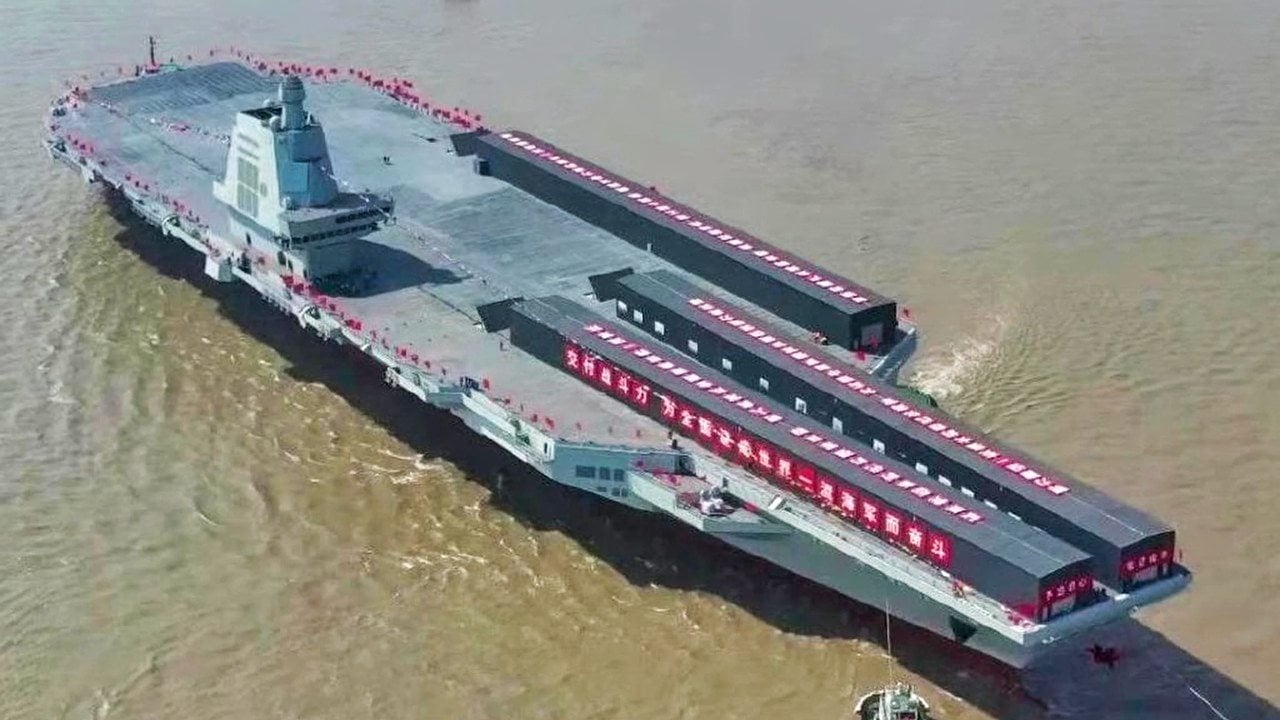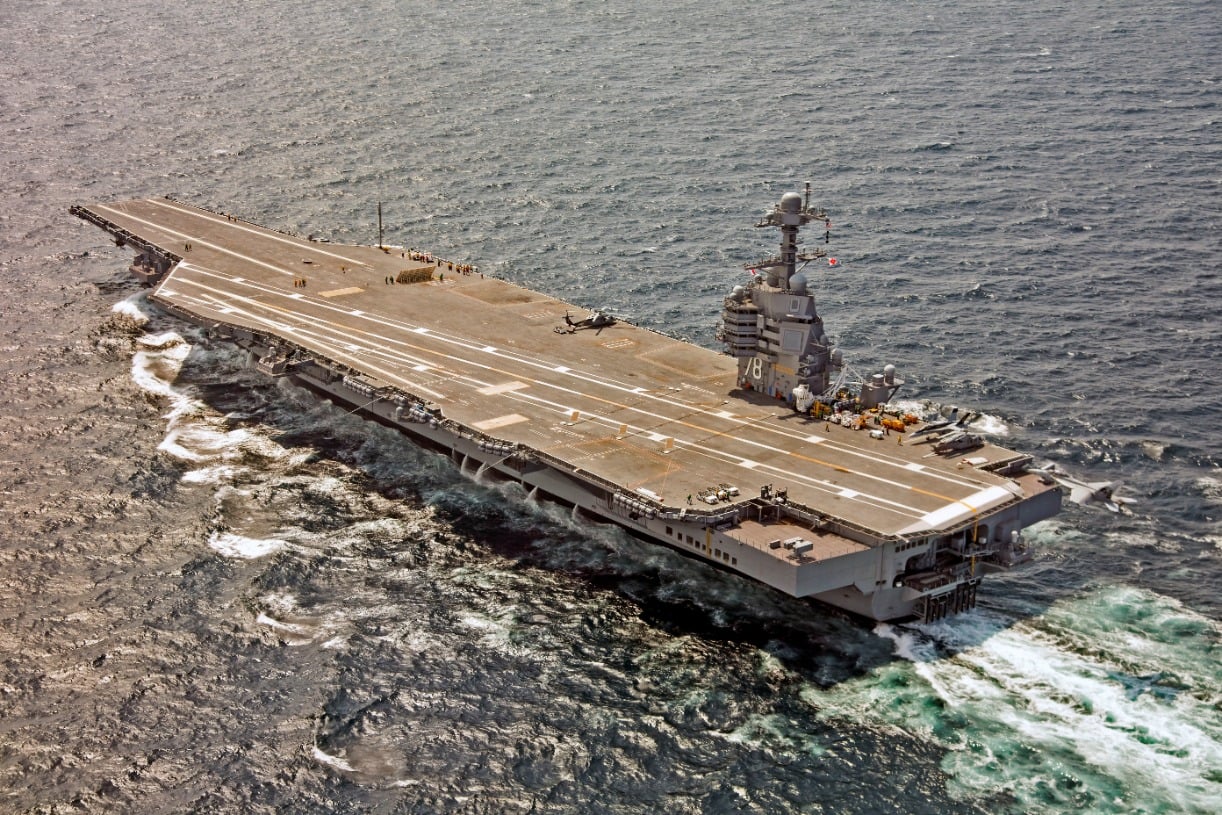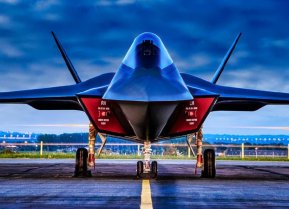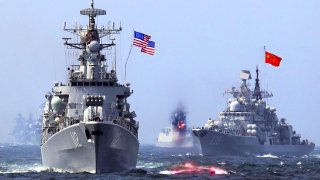Does China Now Have the World's Most Powerful Navy?
China has rapidly expanded its naval capabilities, now boasting the world's largest fleet by the number of vessels. However, despite this growth and the construction of more advanced ships like the Fujian, China still lags behind the U.S. in terms of naval power.
Summary: China has rapidly expanded its naval capabilities, now boasting the world's largest fleet by the number of vessels. However, despite this growth and the construction of more advanced ships like the Fujian, China still lags behind the U.S. in terms of naval power.
-The U.S. maintains a fleet of 11 advanced supercarriers, unparalleled by any other nation, while China's carriers are fewer and less capable. Additionally, the U.S. has a superior submarine fleet, with 71 nuclear-powered submarines capable of global and indefinite operations, compared to China's primarily regional, diesel-electric submarines.
-Although China aspires to become the world's most powerful navy, the U.S. continues to hold a significant qualitative edge, capable of projecting power globally across multiple fronts.
China's Growing Fleet: A Threat to U.S. Naval Dominance
In the 21st century, China has converted a relatively modest naval force into the largest navy by quantity of vessels in the world. But is China poised to field the world’s most powerful navy? Not in the immediate future.
Despite China’s many new vessels and the ambition of Chinese President Xi Jinping’s naval strategy, the U.S. still maintains a considerable edge in the quality of its navy.
Comparing Force Structures
The aircraft carrier is something of an unofficial measuring stick for a nation’s maritime might and prestige.
The U.S. has 11 supercarriers. Each of the eleven is without peer in any other navy.
Meanwhile, China has two operational carriers. One is a junker, purchased from Ukraine and painstakingly refurbished. The former Ukrainian carrier, now the Liaoning, is conventionally powered and without a catapult. China’s second aircraft carrier, the Shandong, is domestically made but still relatively modest. China, true to its ambitions, has built a third, more impressive, carrier, the Fujian. The Fujian left port for sea trials just a few days ago and is not yet ready to join the fleet. A fourth Chinese aircraft carrier, the Type 004, is reportedly under construction.
Clearly the Chinese intend to build a more robust carrier fleet. But they are still several supercarriers away from matching the U.S. Navy pound-for-pound.
Some pundits suggest the submarine could be increasingly relevant in future naval conflicts. The Chinese operate a fleet of 66 submarines, but the majority of these are diesel-electric. Most of China’s submarines will be limited to regional operations, but they could prove nettlesome to foreign adversaries trying to assert naval influence in the Indo-Pacific. Still, while China’s submarines are many, the U.S. has more, and they are also better.
At present, the U.S. operates 71 submarines (fast attack, ballistic-missile, and guided-missile). U.S. submarines including the Seawolf, Virginia, and Ohio classes are the most capable in the world. Running on nuclear power, American submarines can operate anywhere and indefinitely, posing a threat to enemy ships or providing credible nuclear deterrence.

The U.S. Navy Still Has an Edge
Aircraft carriers and submarines do not show the full picture, but the comparison is indicative: China has a lot of vessels that generally lack the quality of their U.S. counterparts. The U.S. Navy also has many vessels, and they are better.
China is working to become the world’s most powerful navy. But at present, the U.S. still holds the distinction, with a navy that is capable of projecting power around the globe, on multiple fronts simultaneously.

About the Author: Harrison Kass
Harrison Kass is a defense and national security writer with over 1,000 total pieces on issues involving global affairs. An attorney, pilot, guitarist, and minor pro hockey player, Harrison joined the US Air Force as a Pilot Trainee but was medically discharged. Harrison holds a BA from Lake Forest College, a JD from the University of Oregon, and an MA from New York University. Harrison listens to Dokken.


